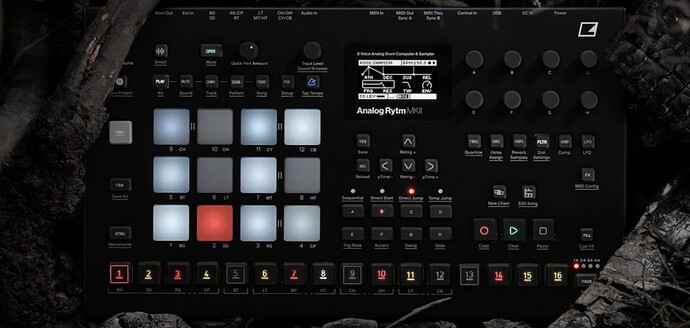Here’s a quick and dirty guide on audio/electrical noise:
Ground Loop - This happens when you have two different ground voltages, mostly caused by plugging things into two different outlets. This is classic 60Hz hummmmmmmmmm. Fix it by plugging both piece of offending equipment into the same outlet/power strip, removing the ground with pliers or a ground lift adapter (a bad idea, mostly), or isolating one or both signals with a transformer. DI boxes are an easy source of ground hum elimination.
Line noise - AC is a sine wave, goes up and down, up and down. But in reality it’s not that perfect wave that everyone puts in videos, it’s got tons of little jitter in it because power isn’t 100% clean. Depending on the sensitivity of your equipment and how bad that jitter is, you may get hiss, hum, pops, crackles, etc. This is the ‘dimmer switch on your lights causing hum’ thing. Fix it by cleaning up the power with a surge protector/power conditioner (mileage may vary depending on the amount of line noise and quality of filtering), an isolation transformer, a UPS or similar.
EM Interference - This is when your equipment and cables pick up stray electromagnetic waves and amplify them. Ever heard a cell phone ring through a guitar amp? That’s this, but it can also be static or noise from any number of sources. Using shielded and balanced cables can prevent a lot of this. More troublesome noise is usually fixed by moving the offending device farther away. If the device itself is picking up EM, you can line the inside with aluminum foil to reduce it, or install a ferrite bead in the device or cable (often called a choke - it’s those little cylindrical bits on laptop cables near the plug) that can reduce it.
RF Interference - A subset of EM interference. Cables will pick up radio frequency signals from things like your computer, your phone, radio stations, etc. Classic example is the Spinal Tap “air traffic control through the guitar” bit. This often happens with unshielded cables and/or coiled up cables, as your turning it into an antenna.
USB Noise - USB is super handy and almost every piece of audio equipment comes with one nowadays, but you can get all sorts of noise coming down those things because the cables are small, cheaply made and can transmit power alongside data. This can lead to static, noise, glitches, etc. Usually replacing the cable with a better one fixes it, or running separate power to the device instead of over USB for really troublesome cases.
There’s lots more fine print, but that’s a basic “what the fuck is wrong with my audio?” list. Probably the cheapest and most effective way to up your quality is by using well-shielded cables, balanced cables whenever possible, and keeping things plugged into high quality surge protectors.
